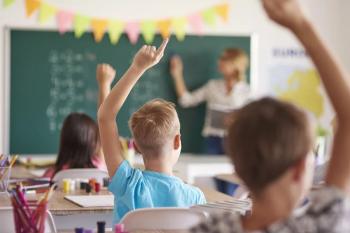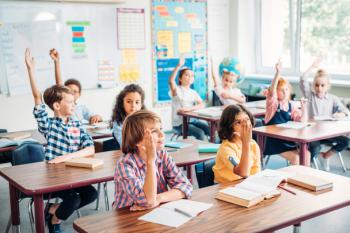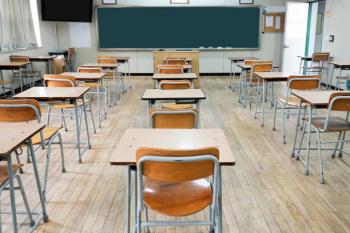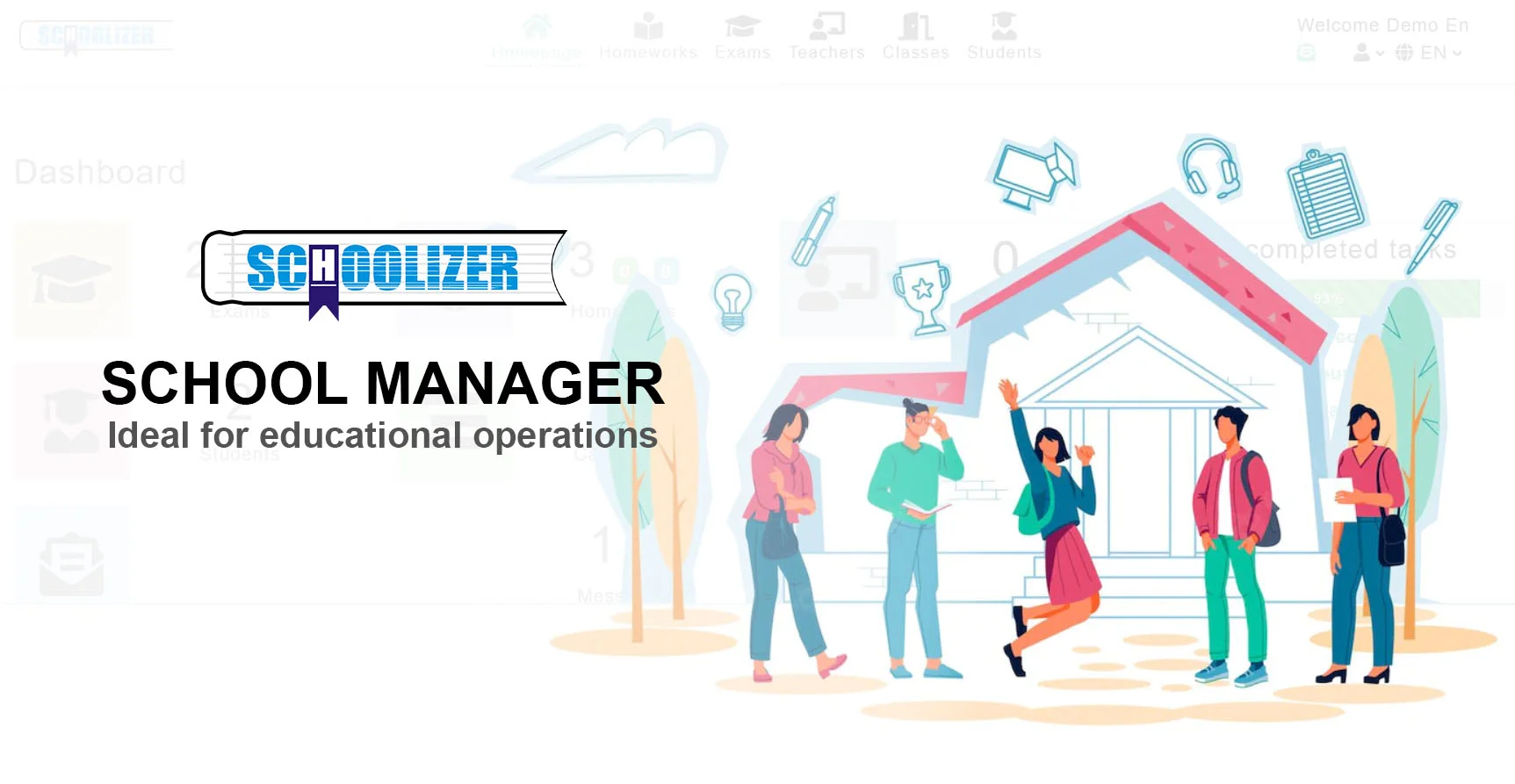The Top 7 Teaching Techniques for Teachers
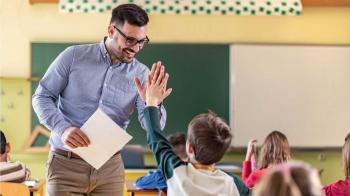
Teaching is an art, and mastering it requires a diverse set of skills and techniques. In the dynamic landscape of education, teachers constantly seek innovative ways to engage their students, foster critical thinking, and facilitate effective learning experiences.
The Top 7 Teaching Techniques for Teachers encapsulates a comprehensive overview of some of the most impactful methods educators can employ to enhance their teaching practices across various disciplines.
Whether you're a seasoned educator looking to revitalize your approach or a novice teacher eager to explore new strategies, this article will provide valuable insights into techniques that can elevate your classroom dynamic and enrich the learning journey for both you and your students.
What are Teaching Techniques for Teachers?
Teaching techniques for teachers refer to a diverse set of methods, strategies, and approaches employed by educators to effectively impart knowledge, foster understanding, and facilitate learning among students.
These techniques encompass a wide range of instructional practices, including but not limited to lectures, discussions, demonstrations, collaborative activities, problem-based learning, and the integration of technology.
The aim of employing teaching techniques is to engage students, accommodate different learning styles, promote critical thinking and inquiry, and ultimately support the acquisition of knowledge and skills within the classroom setting.
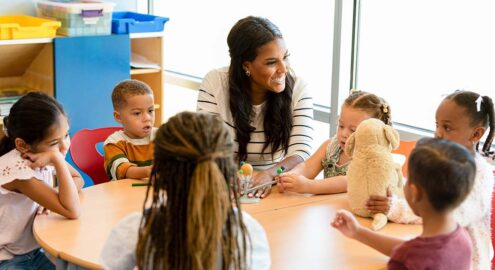
Read more: What is Deep Learning? The Top Teaching Strategies for Teachers
The Importance of Teaching Techniques for Teachers
Teaching techniques play a crucial role in the effectiveness of education and the success of students. Here's why they are important for teachers:
- Engagement: Varied teaching techniques help keep students engaged and interested in the learning process. By incorporating interactive activities, discussions, and hands-on experiences, teachers can capture students' attention and maintain their focus throughout the lesson.
- Differentiated Instruction: Every student learns differently, and teaching techniques allow teachers to cater to diverse learning styles, abilities, and interests within the classroom. By using a range of methods, teachers can ensure that all students have opportunities to succeed and excel.
- Active Learning: Teaching techniques encourage active participation from students rather than passive reception of information. Activities such as group work, problem-solving tasks, and experiments promote critical thinking, collaboration, and independent inquiry.
- Retention and Understanding: By presenting information in various formats and allowing students to engage with the material through different activities, teaching techniques enhance comprehension and retention of knowledge. Hands-on experiences and real-world applications help students make meaningful connections and deepen their understanding of concepts.
- Motivation and Confidence: Effective teaching techniques boost students' motivation and confidence by providing them with opportunities for success and accomplishment. When students actively participate in their learning and experience success through different activities, they become more engaged, motivated, and self-assured in their abilities.
- Flexibility: Teaching techniques offer flexibility to adapt instruction to meet the changing needs of students and respond to unexpected challenges. Teachers can adjust their approach based on student feedback, learning progress, and classroom dynamics, ensuring that learning experiences remain relevant and effective.
- Preparation for the Future: By incorporating modern teaching techniques such as technology integration, collaborative learning, and problem-solving activities, teachers equip students with essential skills and competencies needed for success in the 21st century, including critical thinking, communication, collaboration, and adaptability.
Read more: The Importance of Innovative Learning in Education
What are the Top 7 Teaching Techniques for Teachers?
Choosing the "top" teaching techniques can vary depending on factors such as subject matter, grade level, and the specific needs of students. However, here are seven widely recognized teaching techniques that are commonly considered effective across various educational contexts:
- Active Learning: Encouraging students to actively engage with the material through hands-on activities, discussions, problem-solving tasks, and collaborative projects. This technique fosters deeper understanding, critical thinking, and retention of knowledge.
- Differentiated Instruction: Tailoring instruction to accommodate diverse learning styles, abilities, and interests within the classroom. By providing multiple pathways to learning, teachers can ensure that all students have opportunities to succeed and reach their full potential.
- Collaborative Learning: Facilitating group activities and projects where students work together to achieve common goals. Collaborative learning promotes teamwork, communication skills, and peer learning, while also fostering a sense of community and belonging in the classroom.
- Use of Technology: Integrating educational technology tools and resources such as interactive whiteboards, educational apps, and online platforms to enhance learning experiences. Technology can facilitate personalized learning, provide access to multimedia resources, and create interactive and engaging lessons.
- Questioning Techniques: Employing effective questioning strategies to stimulate critical thinking, promote discussion, and assess understanding. Open-ended questions, probing inquiries, and the Socratic method can encourage students to think deeply, articulate their thoughts, and make connections between concepts.
- Formative Assessment: Using ongoing, informal assessments to monitor student progress, identify learning gaps, and provide timely feedback. Formative assessment techniques such as quizzes, peer evaluations, and classroom observations help teachers adjust instruction to meet the needs of individual students and guide their learning effectively.
- Flipped Classroom: Inverting the traditional classroom model by having students learn foundational content at home through materials provided by the teacher (e.g., videos, readings) and using class time for activities, discussions, and application of knowledge. The flipped classroom approach promotes active learning, student-centered instruction, and personalized support.
Read more: What is Active Learning? The Best Guide for Active Learning in 2024
How do Teachers Improve their Teaching Techniques?
Teachers can improve their teaching techniques through various professional development strategies and reflective practices. Here are several ways teachers can enhance their teaching skills:
- Continuous Learning: Engage in ongoing professional development opportunities such as workshops, seminars, conferences, and online courses. These opportunities allow teachers to stay updated on current educational research, trends, and best practices in teaching and learning.
- Peer Collaboration: Collaborate with colleagues, both within and outside the school community, to exchange ideas, share resources, and discuss effective teaching strategies. Peer collaboration provides opportunities for peer feedback, mentorship, and mutual support in improving teaching techniques.
- Reflective Practice: Take time to reflect on teaching practices, classroom experiences, and student outcomes. Reflective practice involves critically examining one's teaching methods, identifying strengths and areas for improvement, and making intentional adjustments to enhance teaching effectiveness.
- Seek Feedback: Solicit feedback from students, colleagues, administrators, and parents through formal evaluations, surveys, and informal conversations. Feedback provides valuable insights into teaching effectiveness, student engagement, and areas for growth.
- Professional Learning Communities (PLCs): Participate in PLCs with colleagues who share common interests or teach similar subjects. PLCs offer opportunities for collaborative planning, shared problem-solving, and collective inquiry into teaching and learning practices.
- Action Research: Conduct action research projects to systematically investigate teaching techniques, instructional strategies, and their impact on student learning outcomes. Action research allows teachers to gather data, analyze results, and make evidence-based decisions to improve their teaching practices.
- Observation and Mentoring: Observe experienced teachers in action and seek mentorship from seasoned educators. Observing effective teaching practices firsthand and receiving constructive feedback from mentors can provide valuable insights and inspiration for improving teaching techniques.
- Use of Technology: Explore innovative teaching technologies and digital tools that can enhance instruction, engage students, and facilitate personalized learning experiences. Experiment with incorporating educational apps, multimedia resources, online platforms, and interactive whiteboards into teaching practices.
- Professional Reading: Stay informed about current educational literature, research studies, and publications relevant to teaching and learning. Reading professional books, journals, and articles can provide new perspectives, research-based insights, and practical strategies for improving teaching techniques.
- Self-Assessment: Regularly assess one's teaching practices, instructional strategies, and classroom management techniques. Set specific goals for improvement, track progress over time, and celebrate successes while continuing to strive for growth and development as an educator.
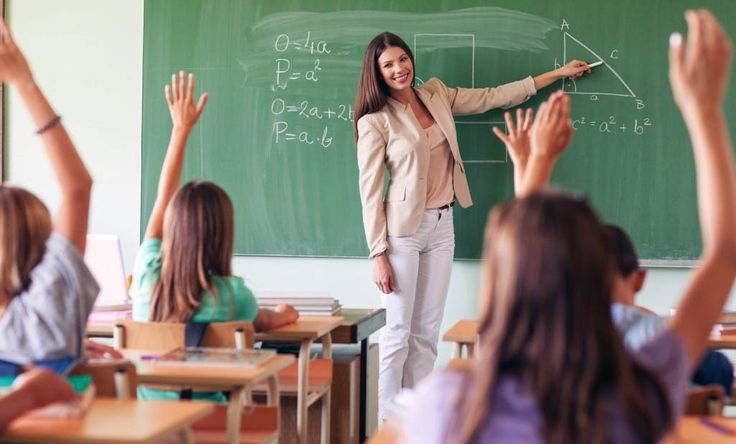
Read more: How to Become the Best English Teacher? 5 New Educational Methods for English Teachers
In Conclusion
The Top 7 Teaching Techniques for Teachers offer a roadmap for cultivating an enriching and dynamic learning environment. By embracing these techniques, educators can empower their students, foster curiosity and critical thinking, and cultivate a passion for lifelong learning.
Whether it's through collaborative learning, active engagement, or experiential exploration, each technique holds the potential to transform the educational experience and unlock the full potential of every learner.
As we navigate the ever-evolving landscape of education with Schoolizer, let us continue to explore, innovate, and adapt, ensuring that every classroom becomes a space where knowledge thrives and students flourish.

